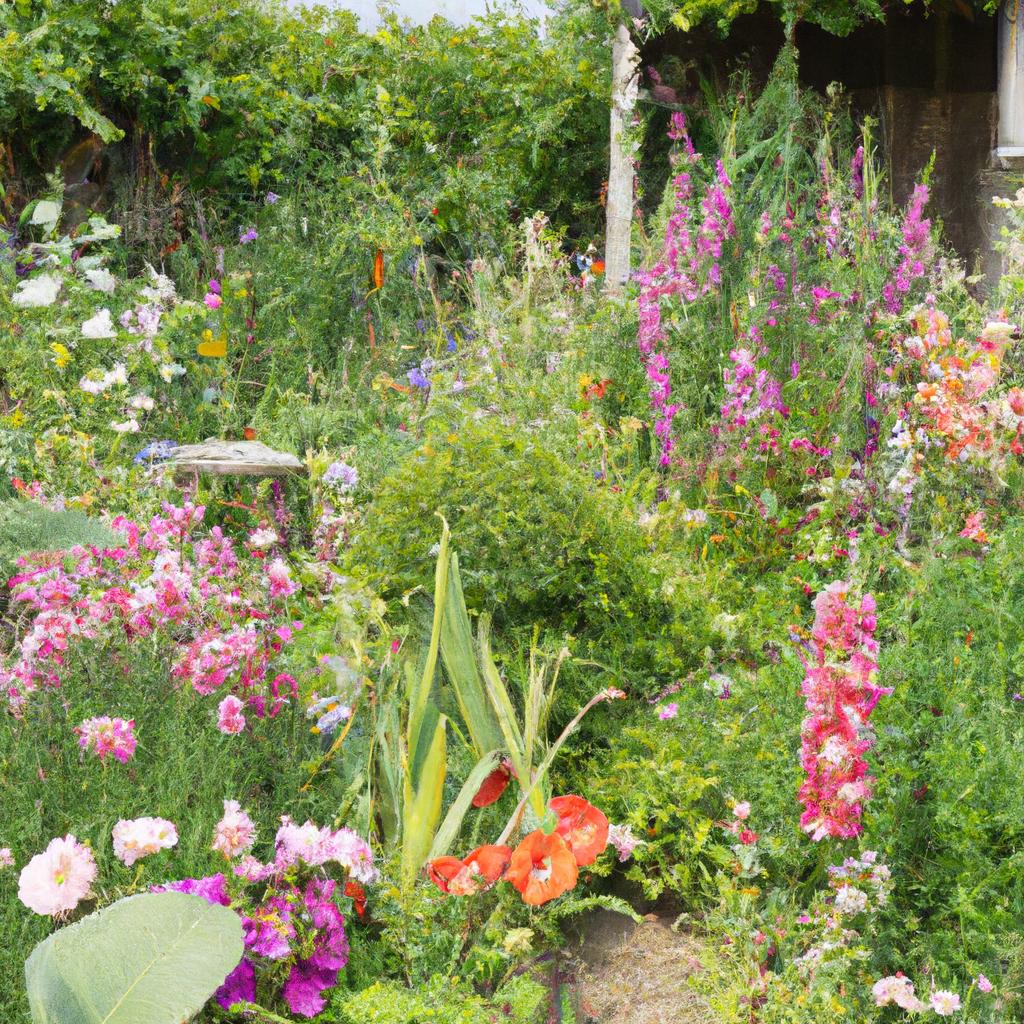Gardens have been an integral part of human history for centuries, serving as a reflection of culture, art, and values. They are not only aesthetically pleasing but also serve as a means of preserving history and beauty for future generations. In this article, we will delve into the captivating history of garden traditions, explore the various types of garden traditions, highlight their key features, and emphasize the importance of preserving and promoting these traditions.
Historical Background of Garden Traditions
Garden traditions have roots that stretch far back into ancient times. The Egyptians, for instance, created gardens that combined decorative and practical purposes. Similarly, the Greeks and Romans incorporated gardens into their architecture and culture. In medieval Europe, gardens were primarily used for growing medicinal plants and vegetables. However, during the Renaissance period, gardens became symbols of wealth and status.
The 18th and 19th centuries witnessed the rise of formal garden traditions with their symmetrical layouts and geometric shapes. Japanese gardens gained popularity in the West during the 20th century, while Mediterranean gardens flourished in the southern regions of Europe. Today, garden traditions continue to evolve with new trends and styles emerging constantly. Regardless of these changes, the fundamental principles of garden traditions remain the same – to create beautiful and harmonious spaces that reflect the culture and values of their creators.
Types of Garden Traditions
Garden traditions can be classified into different types based on their style, layout, and purpose. Let’s explore some of the most common types:
Formal Garden Traditions
Formal garden traditions originated in Europe during the Renaissance period and are characterized by their symmetrical layouts, geometric shapes, and meticulously manicured lawns. These gardens often feature fountains, statues, and other ornamental elements that add to their grandeur. Formal gardens are typically designed to be admired from a distance and can be found in public parks, palaces, and stately homes.
Cottage Garden Traditions
Cottage garden traditions embody a more informal and relaxed style, where flowers, vegetables, and herbs grow together in harmony. These gardens are often found in rural areas and serve both practical and decorative purposes. Enclosed by hedges or fences, cottage gardens may feature winding paths and cozy seating areas, creating a sense of tranquility.
Japanese Garden Traditions
Japanese garden traditions are renowned for their simplicity, serenity, and natural beauty. These gardens often incorporate elements like rocks, water features, and carefully selected plants to mimic nature. Japanese gardens are designed to be viewed from various angles and are frequently employed for meditation and contemplation. You can find them in public parks, temples, and private residences.
Mediterranean Garden Traditions
Mediterranean garden traditions draw inspiration from the landscapes of Southern Europe and North Africa. Characterized by their use of drought-resistant plants, such as lavender, rosemary, and olive trees, these gardens are designed to be enjoyed year-round. With terraces, courtyards, and fountains, Mediterranean gardens offer a picturesque and welcoming ambiance.
Tropical Garden Traditions
Tropical garden traditions thrive in regions like Southeast Asia, South America, and the Caribbean. They enchant with lush foliage, vibrant colors, and exotic plants. Incorporating waterfalls, ponds, and palm trees, these gardens create an oasis for escape and relaxation. They are often utilized for outdoor entertaining.
Key Features of Garden Traditions
While garden traditions vary in style and purpose, they often share several key features that contribute to their allure:
Use of Specific Plants and Flowers
Garden traditions typically incorporate plants and flowers that hold symbolic value for the culture or region they represent. For example, cherry blossoms are prevalent in Japanese gardens, while lavender and olive trees feature prominently in Mediterranean gardens.
Garden Layout and Design
The layout and design of a garden tradition are meticulously planned to create a harmonious and balanced space. This may involve employing symmetry, geometric shapes, or meandering paths, ensuring an aesthetic journey.
Water Features
Water features, such as fountains, waterfalls, and ponds, are common elements in many garden traditions. Not only do they provide a sense of tranquility, but they also help regulate temperature and humidity, contributing to the overall ambiance.
Garden Ornaments and Sculptures
Garden ornaments and sculptures, such as statues, urns, and birdbaths, are artfully used to add interest and focal points in garden traditions. They reflect the history and culture of the region or culture the garden represents, while also enhancing its overall charm.
Preservation and Promotion of Garden Traditions
Preserving garden traditions is of utmost importance to ensure their legacy lives on for future generations. Garden societies and organizations play a vital role in this endeavor. They provide a platform for garden enthusiasts to share their knowledge and expertise while actively working towards the preservation of historic gardens. These societies also organize events and festivals that celebrate garden traditions and raise awareness of their importance.
Garden festivals and events serve as wonderful opportunities to promote garden traditions. They showcase various types of garden traditions, providing a rich learning experience for all attendees. From beginners to experienced gardeners, these events often feature workshops and talks on various gardening topics, fostering education and camaraderie.
Conclusion
Garden traditions hold a significant place in our cultural heritage, preserving both history and beauty. They reflect our values, art, and history, bringing communities together. Preserving and promoting these traditions ensures they endure for future generations to enjoy. Together, with the efforts of garden societies, organizations, and events, we can continue to cultivate these beautiful and harmonious spaces. Let’s celebrate and promote garden traditions on TooLacks, ensuring their preservation for generations to come.



